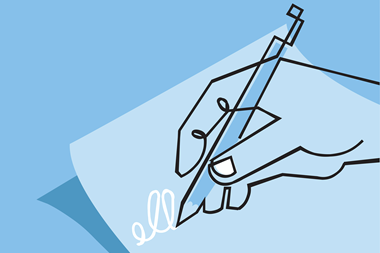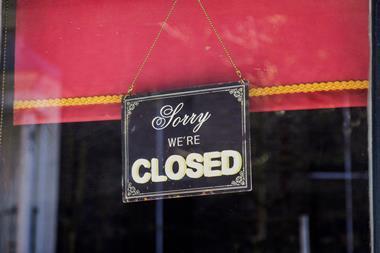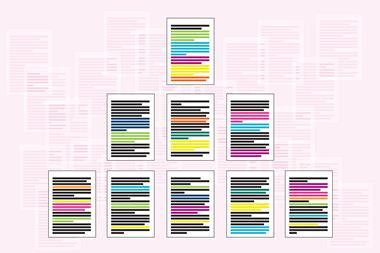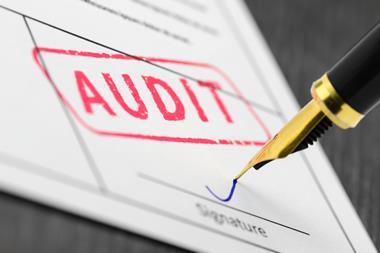A study of more than 1200 chemistry retractions over 20 years shows an increase in research fraud.
But independent experts say the number of retractions doesn’t reflect the scale of the problem: many cases of scientific fraud go unnoticed amid the vast ‘firehose’ of papers published in the scientific literature, and some publishers simply ignore complaints.
The lead author of the new study notes the number of retracted chemistry papers increased over 20 years from about 10 to about 100 a year. But ‘retraction growth is not uniform and varies, as massive frauds are only detected incidentally’, says chemistry librarian Yulia Sevryugina of the University of Michigan.
Using the Retraction Watch database, Sevryugina and her co-author identified 1292 retracted articles published in chemistry journals between 2001 and 2021 – roughly 0.06% of chemistry papers published during that time.

About 58.5% of the papers were retracted for ‘misconduct’ and of those, 40.5% were retracted because of ‘self-plagiarism’ and 36% because of fraud.
The authors note their figures include hundreds of publications related to metal-organic frameworks that were recently revealed as the work of a ‘prolific papermill’.
That was a case when the retraction process worked: the ‘successful identification of fraud in crystallographic manuscripts is largely due to the established infrastructure for data deposition and sharing and availability of expert reviewers’, Sevryugina says.
Sevryugina says self-plagiarism, which she defines as ‘duplication of [an] article, image, text, and/or data, [or] when the author reuses an entire paragraph or section from their earlier publication without providing a reference’, may not degrade the literature with incorrect information. But ‘it does inflate research metrics for the particular author, which in turn does a disservice to other researchers applying for similar funding or award opportunities’, she says.
While researchers need to attribute every piece of information from their earlier works, she notes many cases of self-plagiarism are due to the recognised issue of ‘publish or perish’ among academics. ‘Authors face a tremendous pressure to publish and a chronic lack of time [so] the pervasiveness of self-plagiarism is only to be expected,’ she says.
Theoretical chemist François-Xavier Coudert of the French National Center for Scientific Research, who conducted similar research in 2019 but was not involved in the latest study, says the new results accord with his. And he adds that the existing retraction process is ‘very heavily biased in favour of the status quo, or keeping things hidden’.
One of the Retraction Watch founders, Ivan Oransky, says the metaphor that there is a ‘firehose’ of published papers too large to check for misconduct is not sufficient. ‘It’s more like when a dam explodes,’ he says.
Instead of creating incentives for scientists to publish, ‘maybe you should be reading the papers and rewarding behaviour that is about advancing the field’, he says. ‘Let’s do that, instead of only rewarding publishing in big journals.’
References
Y Sevryugina and R Jimenez, ACS Omega, 2023, DOI: 10.1021/acsomega.3c03689












No comments yet